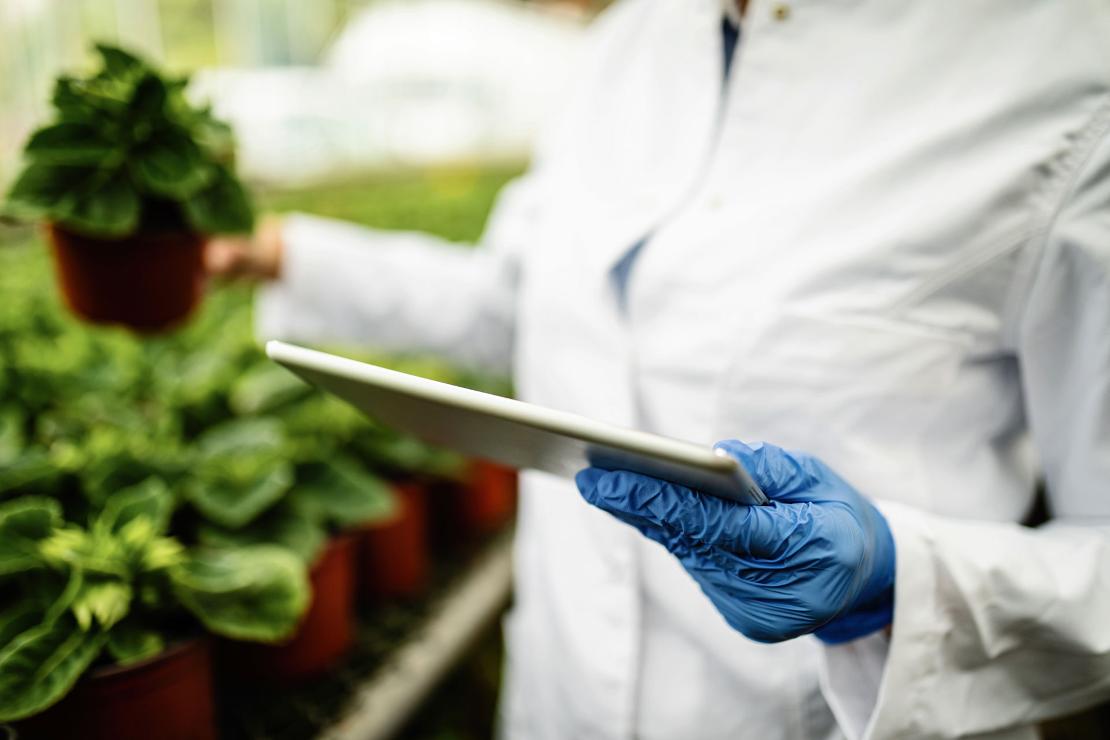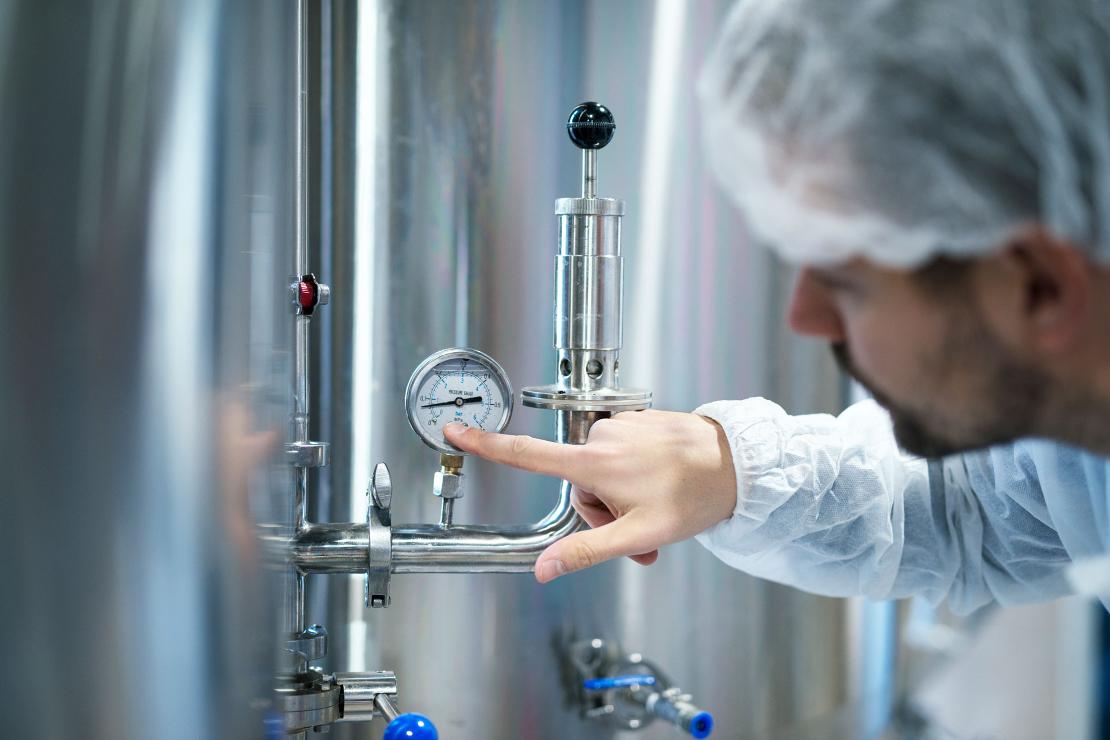Safety and quality are pivotal in the food industry due to their profound impact on both consumer health and business success. Ensuring safe and top-notch food products not only protects consumers from potential health hazards and legal ramifications but also fosters strong brand reputations, bolstering consumer trust and loyalty. Moreover, it opens doors to global markets, enhancing export opportunities and economic growth. By reducing instances of product recalls and waste, it also aligns with sustainability efforts. Above all, adhering to rigorous safety and quality standards is a fundamental ethical and regulatory obligation, emphasizing transparency and accountability within the industry, and promoting its long-term viability.

Food safety is ensured in various ways, through the application of codes of practice (COPs), Hazard Analysis and Critical Control Point (HACCP) systems, and good operating practices (GOP).
Codes of Practice (COPs) are a set of guidelines to follow to help you comply with recommended standards and requirements. Codes of Practice may also be referred to as Operational Codes.
Hazard Analysis and Critical Control Point (HACCP) is an internationally recognised system used to identify and manage significant food safety hazards, and ensure food safety for your business. HACCP can be used throughout all stages of the food chain, from primary production to final consumption, forming an important part of risk-based food safety programmes, such as:
· Risk Management Programmes (RMPs)
· Wine Standards Management Plans (WSMPs).
The principles of HACCP, as defined by the Codex recommended international code of practice are:
1. Conduct a hazard analysis.
2. Determine the critical control points (CCPs).
3. Establish critical limits for each CCP.
4. Establish a system to monitor the control of the CCP.
5. Establish the corrective action when monitoring indicates that a particular CCP is not under control.
6. Establish verification procedures.
7. Establish documentation concerning all procedures and records relevant to the HACCP principles and their application.
GOP describes a range of actions that, either individually or in combination, contribute to the production of safe and suitable food.
Good Operating Practice may also be described as:
1. Good Hygienic Practice
2. Good Manufacturing Practice
3. Good Agricultural Practice
4. Supporting systems
5. prerequisite programmes
GOP clarifies the practices that your business follows to establish an appropriate environment and hygienic conditions for making safe and suitable food. MPI recommends that you have GOP in place and operating effectively before you apply Hazard Analysis Critical Control Point (HACCP) to the direct processes and inputs.


